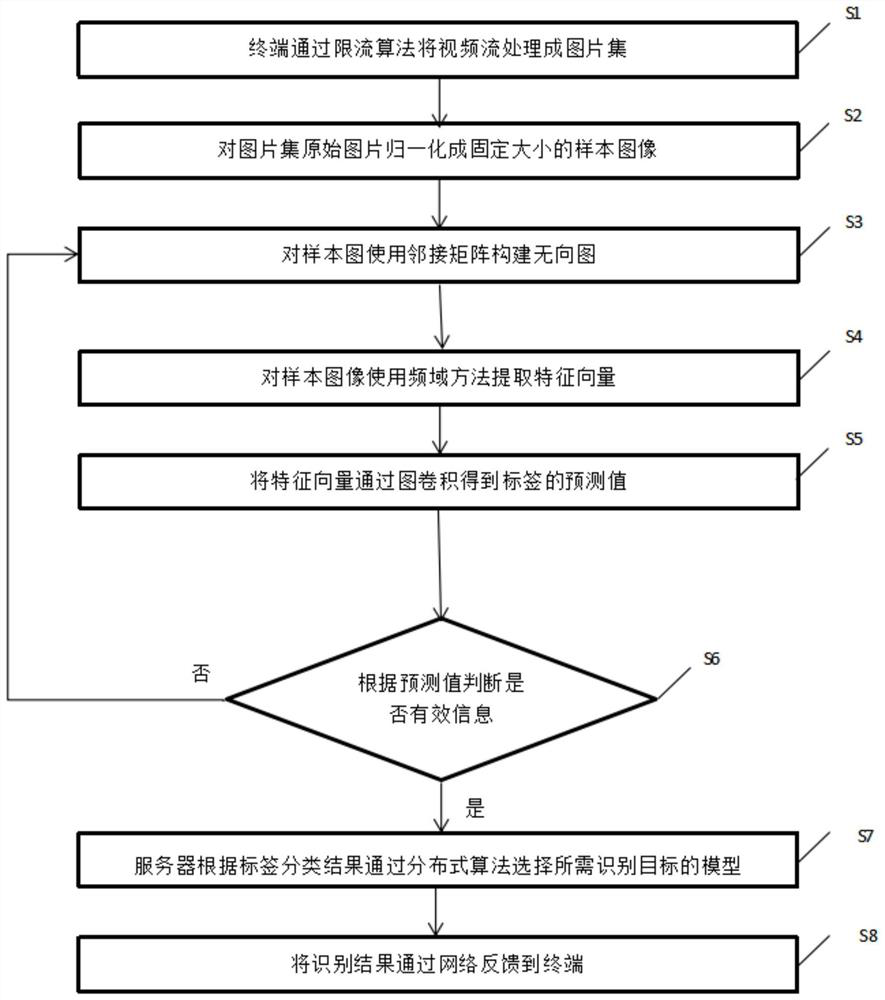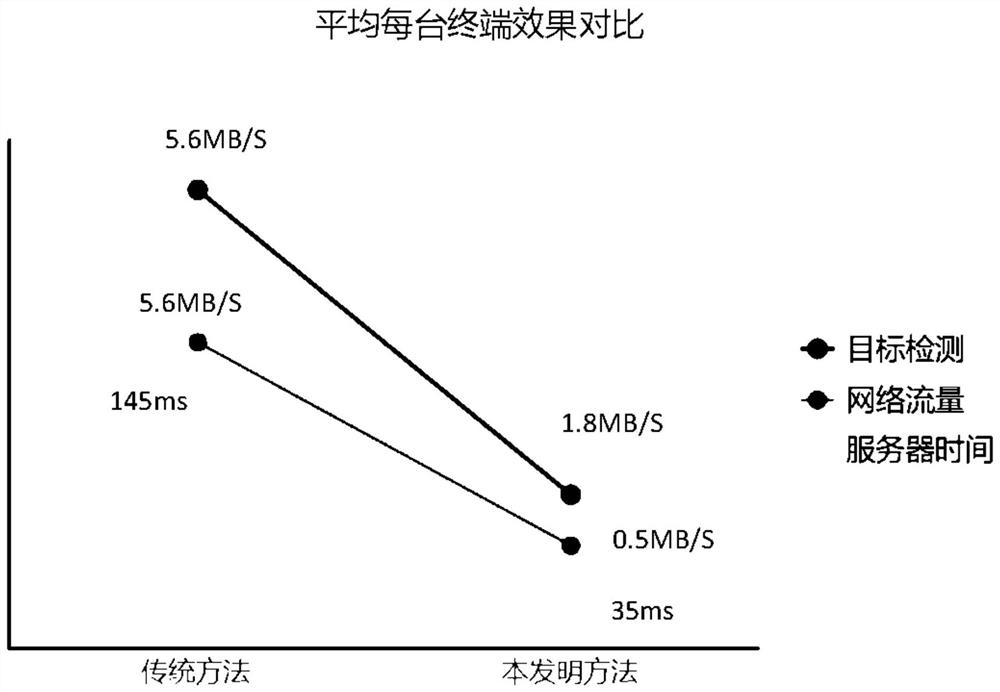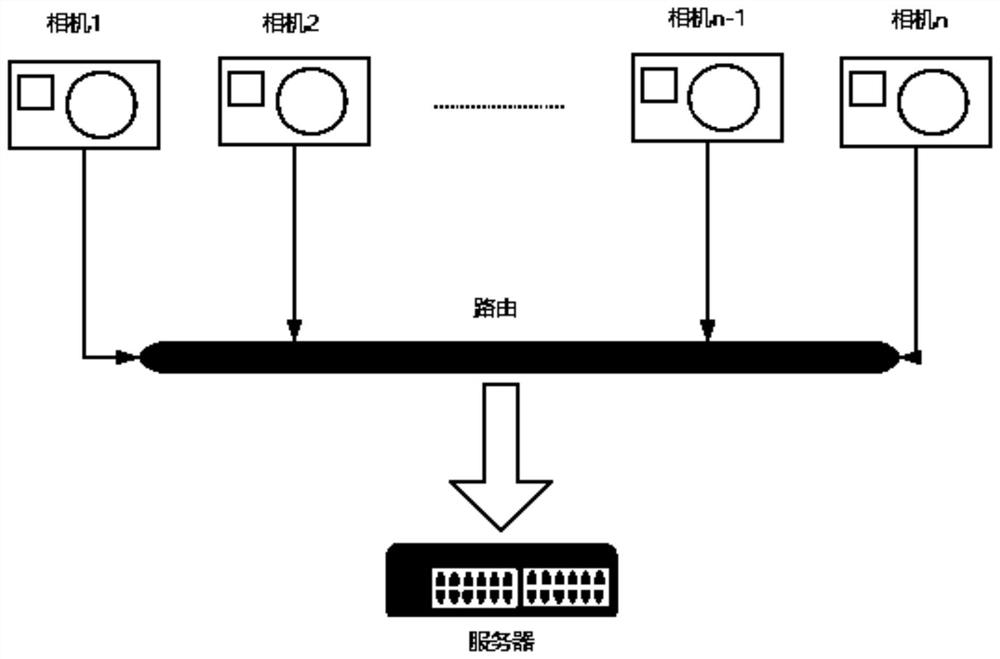Remote multi-target efficient detection and identification method
A recognition method, multi-target technology, applied in character and pattern recognition, scene recognition, instruments, etc., can solve problems such as network congestion, no target in video, occupying server resources, etc.
- Summary
- Abstract
- Description
- Claims
- Application Information
AI Technical Summary
Problems solved by technology
Method used
Image
Examples
Embodiment Construction
[0070] In order to enable those skilled in the art to better understand the present invention, the present invention will be described in further detail below in conjunction with the accompanying drawings and specific embodiments. Obviously, the described embodiments are only a part of the present invention. Full examples. Based on the embodiments of the present invention, all other embodiments obtained by persons of ordinary skill in the art without making creative efforts belong to the protection scope of the present invention.
[0071] This embodiment discloses a high-efficiency detection and recognition method for remote multi-targets. identify. A schematic flow chart of a remote multi-target efficient detection and identification method in this embodiment is as follows figure 1 As shown, it specifically includes the following steps:
[0072] S1. The terminal is connected to a 720p pixel high-definition camera. After the camera preview is turned on, the terminal process...
PUM
 Login to View More
Login to View More Abstract
Description
Claims
Application Information
 Login to View More
Login to View More - R&D
- Intellectual Property
- Life Sciences
- Materials
- Tech Scout
- Unparalleled Data Quality
- Higher Quality Content
- 60% Fewer Hallucinations
Browse by: Latest US Patents, China's latest patents, Technical Efficacy Thesaurus, Application Domain, Technology Topic, Popular Technical Reports.
© 2025 PatSnap. All rights reserved.Legal|Privacy policy|Modern Slavery Act Transparency Statement|Sitemap|About US| Contact US: help@patsnap.com



